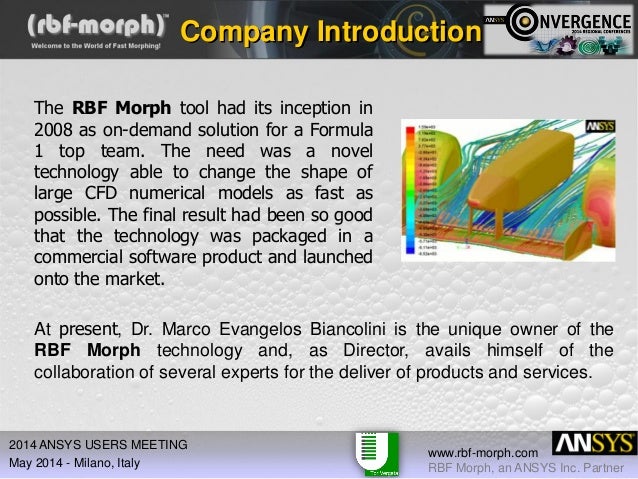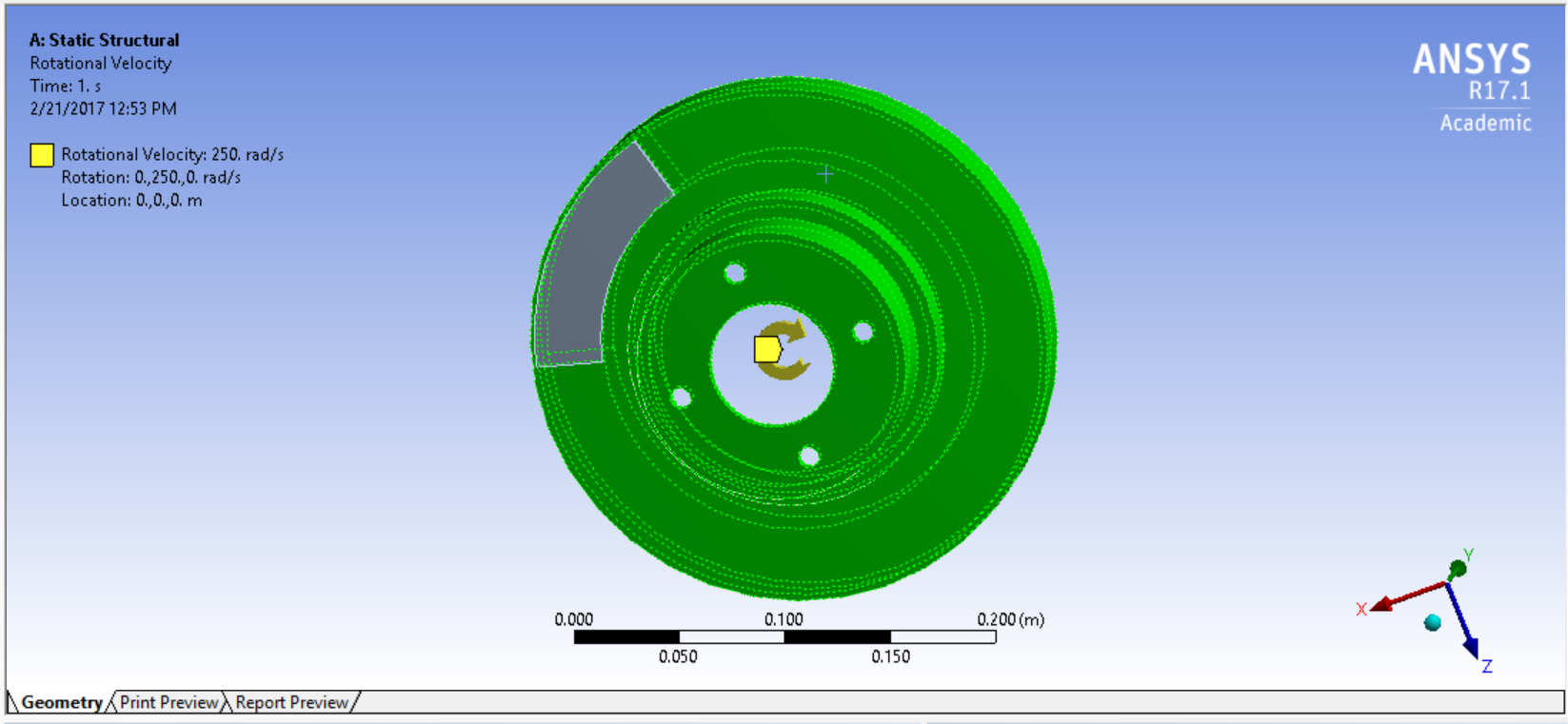

- Ansys 15 fluent morpher tutorial on shape optimization how to#
- Ansys 15 fluent morpher tutorial on shape optimization download#
Well I have attended the two webinars on the Adjoint Solver so far and I have read all the material available on Fluent Adjoint Solver. Originally Posted by ex February 25,Reply: Fluent Adjoint Solver! Thanks for your reply. You can apply for a student account if you're eligible. Please check if you can have a customer account, so you can have access to those material as well. I am not using the adjoint solver actually, so I can't guarantee my way can solve your problem. In this way, the results of the adjoint solver is regarded as "guiding solutions". February 25, Hi, As far as I know, the adjoint Fluent solver only allows you using k-epsilon with standard wall function turbulence model.Ī general step may be: run your case with the turbulence model you're preferred for accuracy, run adjoint solver with the k-epsilon with standard wall function turbulence model, after the done the mesh morpher, rerun the new case with your preferred turbulence model.
Ansys 15 fluent morpher tutorial on shape optimization how to#
Any details on how to set the settings in adjoint flow solver for converged solution will be muc h apprec ia ted. The solver seems to conver ge perfectly alright for the conventional flow solver but i ts just the adjoint solver convergence I am having issue s with.

I am having trouble in settings of controls section in the adjoint solver module in si de fluent as no information can be found for best setting for turbulence modelling I can't seem to get the right combination of settings and as a result my so lution is diverging. I wanted to ask if any of you had any experience with the Ad joint Solver in Fluent? As for my final year project I am u sing lift constr ain ed drag minimization approach for a form ula one front wing and I have tried to find some material on how best to use adjoint solver inorder to g et a converged solution. I needed help regarding the functionalities in Ansys Fluent Adjoint Solver. Hello Everyone! Hope you are all doing good. Both approaches are now applicable to a broad range of flows from incompressible to highly compressiblebut the origins of the density-based formulation may give it an accuracy i.February 25,Fluent Adjoint Solver?

The density-based approach, on the other hand, was originally designed for high-speed compressible flows. Section Both solvers can be used for a broad range of flows, but in some cases one formulation may perform better i. It discusses the Pressure-Based and Density-Based solvers. To figure out the basic difference between these two solvers, let's turn to the documentation. Click Display after you have selected your boundaries. Click to select and click again to deselect a specific boundary. Look at specific parts of the mesh by choosing each boundary centerline, inlet, etc listed under Surfaces in the Mesh Display menu. We also use uniform spacing in the axial direction. So the mesh has uniform spacing in the radial direction. Thus, we don't need to cluster nodes towards the wall. The effect of the boundary layer is small in our case and can be neglected. Since we are assuming inviscid flow, we won't be resolving the viscous boundary layer adjacent to the wall. The mesh has 50 divisions in the axial direction and 20 divisions in the radial direction. Translation: The mesh can be translated in any direction by holding down the Left Mouse Button and then moving the mouse in the desired direction. The graphics window opens and the mesh is displayed in it. Make sure all items under Surfaces is selected. The mesh is being displayed by default but the steps to accomplish this when the grid is not being displayed are the following. Lethal dose 50 calculationĬheck the output and make sure that there are no errors reported. Any errors in the grid would be reported at this time. Click OK.Ĭheck that the displayed information is consistent with our expectations of the nozzle mesh. Navigate to your working directory and select the nozzle. Select 2D from the list of options and click OK. You can then proceed with the flow solution steps below.
Ansys 15 fluent morpher tutorial on shape optimization download#
If you have skipped the previous mesh generation stepsyou can download the mesh by right-clicking on this link.


 0 kommentar(er)
0 kommentar(er)
